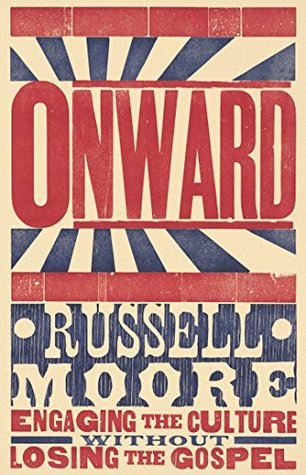The typical younger pastor is less partisan than his predecessor, less likely to speak from the pulpit about “mobilizing” voters and “reclaiming Judeo-Christian values” through political action and economic boycotts. This is not because he is evolving leftward. It is because he wants to keep Christianity Christian. As a matter of fact, the center of evangelical Christianity today is, theologically speaking, well to the right of the old Religious Right. It’s true that the typical younger pastor of a growing urban or suburban church doesn’t look like his cuff-linked or golf-shirted forefather.
The typical younger pastor is less partisan than his predecessor, less likely to speak from the pulpit about “mobilizing” voters and “reclaiming Judeo-Christian values” through political action and economic boycotts. This is not because he is evolving leftward. It is because he wants to keep Christianity Christian. As a matter of fact, the center of evangelical Christianity today is, theologically speaking, well to the right of the old Religious Right. It’s true that the typical younger pastor of a growing urban or suburban church doesn’t look like his cuff-linked or golf-shirted forefather. But that doesn’t mean he’s a liberal. He might have tattoos, yes, but they aren’t of Che Guevara. They’re of Hebrew passages from Deuteronomy. His congregation’s statement of faith isn’t the generic sloganeering of the last generations’ doctrinally oozy consumerist evangelical movements, but is likely a lengthy manifesto with points and subpoints and footnotes rooted in one of the great theological traditions of the historic church. This pastor might preach forty-five minutes to an hour, sometimes calling out backsliding Christians from the pulpit with all the force of hellfire-and-brimstone revivalists of yesteryear. He is pro-life and pro-marriage, although he is likely to speak of issues like homosexuality in theological and pastoral terms rather than in rhetoric warning of “the gay agenda.” Unlike the typical Bible Belt congregation of the twentieth century, the new kind of evangel...
...more
This highlight has been truncated due to consecutive passage length restrictions.


